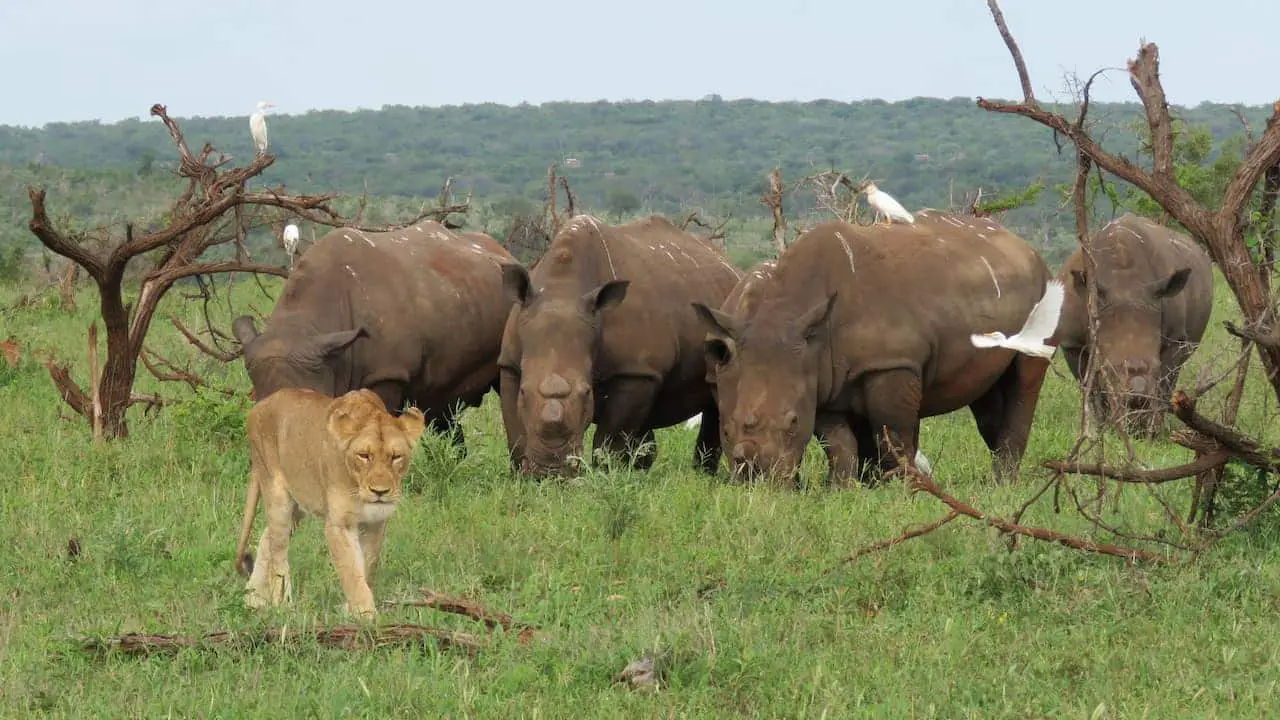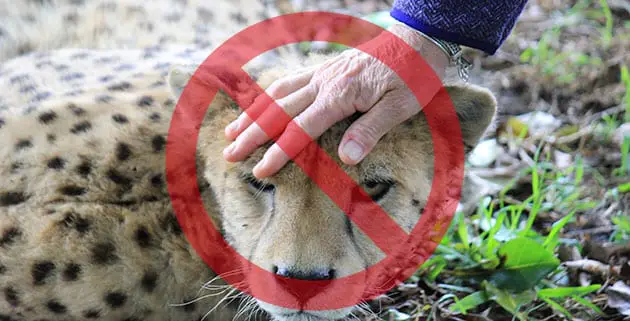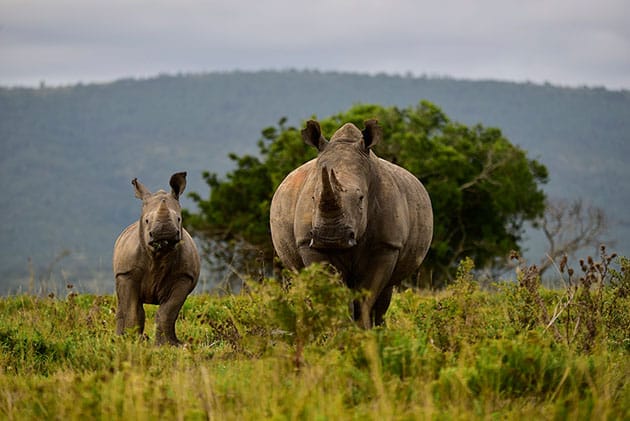Another Milestone for Cheetah Breeding, Wilding and Release Project
The team behind the Cheetah Breeding, Wilding and Release Project – Ashia Cheetah Conservation NPO and Kuzuko Lodge – have attained yet another conservation milestone with the recent translocation of a wilded cheetah male from Kuzuko to Amakhala Game Reserve in South Africa’s Eastern Cape province.
Following the release of the first captive-born cheetah at Kuzuko Lodge in August 2018, an additional four adult and two sub-adult captive-born cheetahs had been translocated by Ashia to Kuzuko and two of the females had given birth in the breeding section.
All adult cats brought to Kuzuko and released on one of the wilding sections after a short boma period showed surprisingly fast first hunting successes. Their further development was, and continues to be, closely monitored and documented.
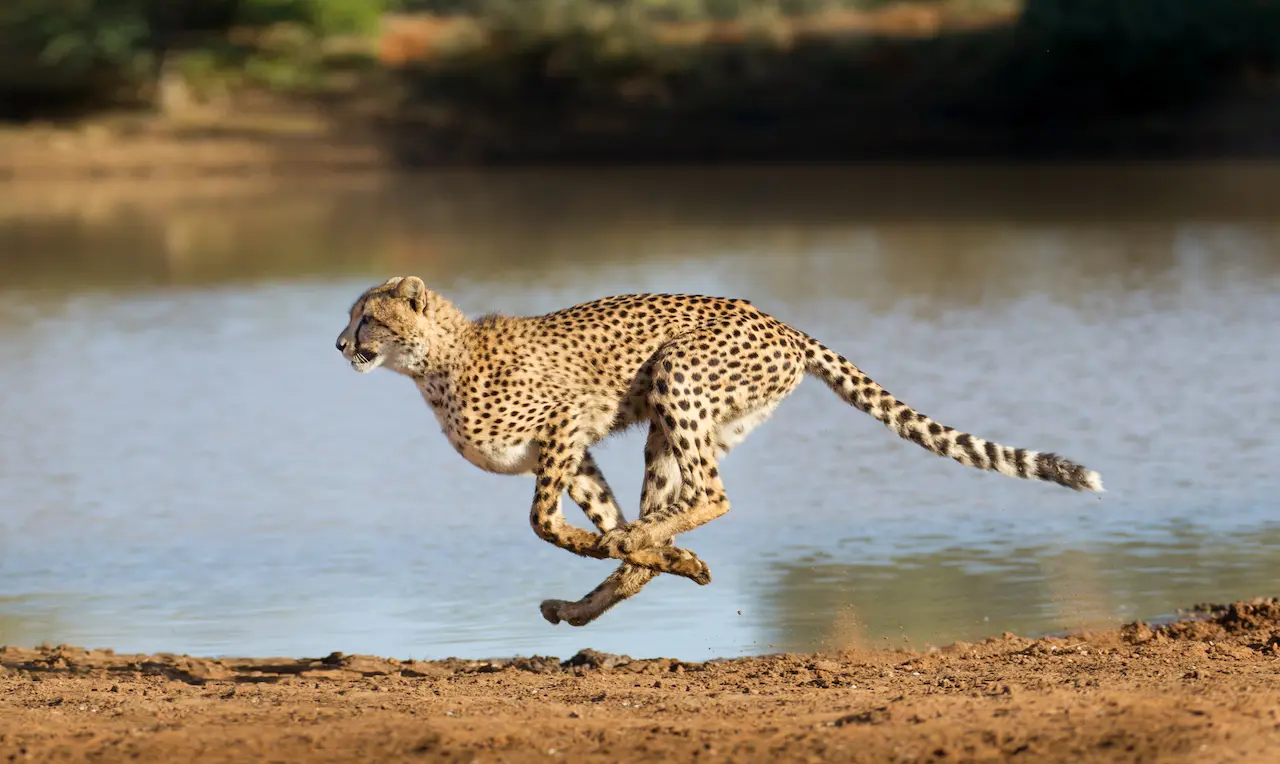
“Kuzuko required a female cheetah last year, and while waiting for one to be sourced by the EWT, with whom we have been working closely with since our inception, we were contacted by Ashia Cheetah Conservation with the possibility of receiving a once captive and hand-raised female and to wild her,” says Gerhard de Lange, General Manager at Kuzuko Private Game Reserve.
“Realising the need for cheetahs in other protected wildlife areas, throughout Southern Africa, we entered into further negotiations with Ashia and started planning the Breeding, Wilding and Release Project in partnership with Ashia. The male that has now been released at Amakhala Game Reserve was the first captive-born male to arrive at Kuzuko and has been successfully wilded through this partnership,” de Lange says.
The hundred per cent self-sustaining cat found a new home within the South African Cheetah Metapopulation managed by the Endangered Wildlife Trust (EWT). The 5-year-old male cheetah had been translocated in mid-September to a lion-free area of Amakhala Game Reserve and will hopefully father many cubs with the already present wild female.
“I can’t put into words how proud I am of this boy and his incredible development. As a cub and into adulthood, he was used to interacting with tourists, but at some stage refused to be touched. From the very first moment that I saw him, I could sense his special and strong personality. Gerhard de Lange immediately fell in love with this cat, and Gerhard is not known to show emotions when it comes to conservation,” says Chantal Rischard, Founder of Ashia.
The release of captive-bred animals has become an important conservation tool for restoring threatened and endangered wildlife populations. The translocation of animals for conservation purposes requires in-depth planning to ensure the long-term chances for survival of the released animals.
“The release of captive-born animals not only requires a profound check of future release sites but also a very careful choice of the most promising cats. Although this male didn’t have the best start in life, my husband and I decided to acquire him and at least offer him the chance to become wild and free. I truly believe that the history of a cat is of no importance; only its way forward is. If a cat shows the right signs, we go to any lengths to secure it a promising future, no matter its past”, adds Rischard.
Release sites are carefully chosen by Ashia and a wide range of factors are taken into account. Amakhala met all of Ashia’s requirements, but it was their dedicated team and strong conservation initiatives that convinced Ashia of having found a perfect place for the first cheetah to leave Kuzuko and the wilding programme.
“Wild, free-roaming cheetah is a priority conservation species on Amakhala, and we are very excited to be involved with this pioneering and sorely needed wilding project. We are also proud to be working with Ashia, Kuzuk,o and the EWT in furthering the cheetah metapopulation genetic scope.
This male will feel the Bushmans River valley sands beneath his feet as he strides free across the plains, and that is a win for conservation. Well done Ashia and Kuzuko for doing what is often spoken about but rarely practised”, says Mark Palmer, Reserve General Manager of Amakhala Game Reserve.
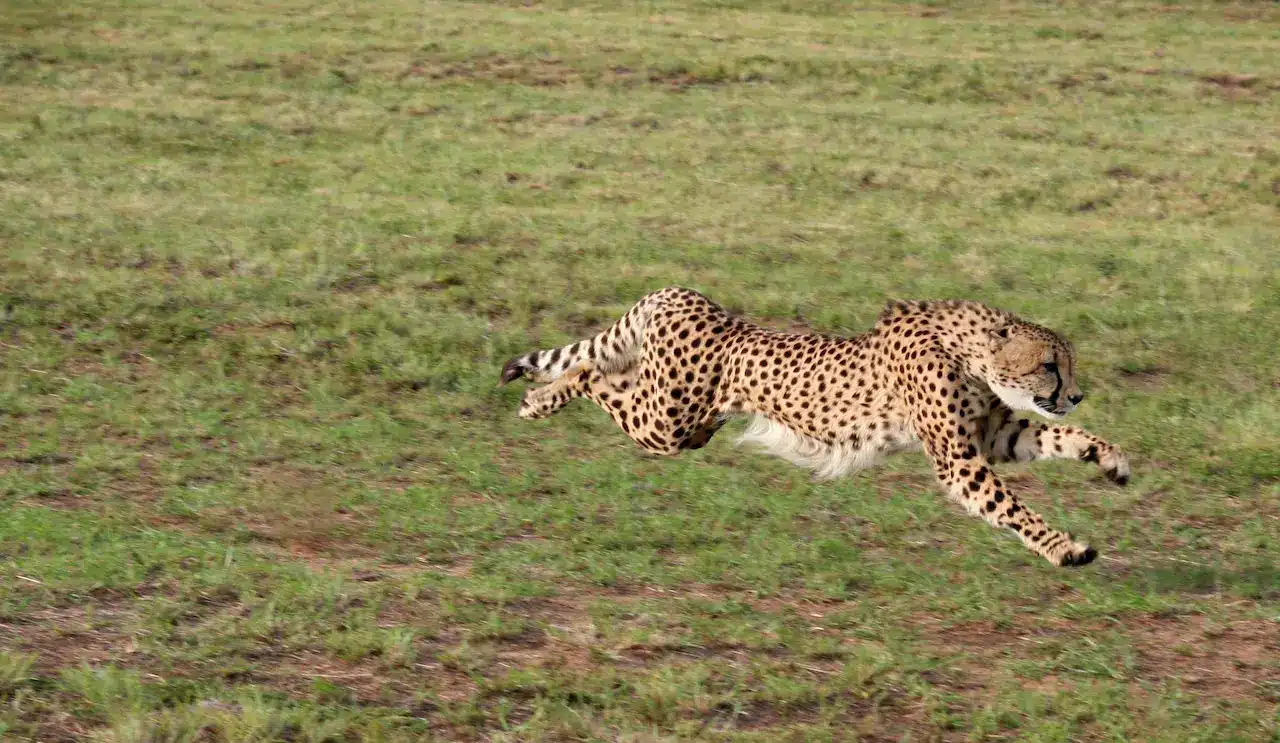
The Breeding, Wilding and Release Project primarily focuses on the wilding and introduction of captive-bred cheetahs and their offspring into the protected wild. The ultimate purpose is to strengthen the gene pool and to secure a viable cheetah metapopulation in South Africa, in order to prevent the further decline of cheetah numbers in the wild, ready to start their future life on other game reserves.
“Very soon, the next cats will leave the wilding sections and hopefully start new families with the wild males and females waiting for them on other game reserves”, concludes de Lange.
 This perfectly-timed photo of a cheetah in the rain was captured by Irish wildlife photographer Paul McKenzie in Kenya.
This perfectly-timed photo of a cheetah in the rain was captured by Irish wildlife photographer Paul McKenzie in Kenya.Read more on this topic:
- The Plight of Africa’s Cheetah
- Cheetah Release For Metapopulation Legacy
- Birth Of Cheetah Cubs A Milestone Event For Breeding Project
- Kuzuko Welcomes Second Cheetah Cub Litter

